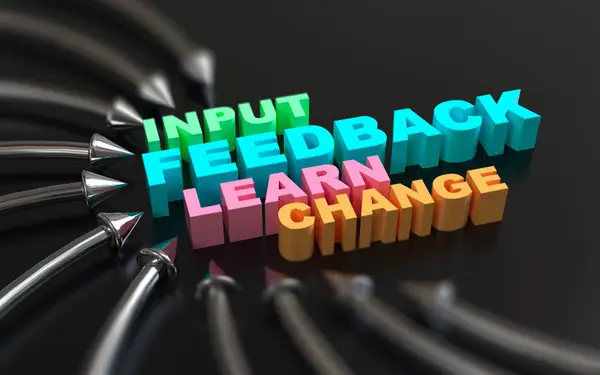When it comes to providing feedback, there’s an art and a science to getting it right, and it’s important to differentiate between feedback that builds, and criticism that breaks down morale and makes people feel “lesser-than”. In a nutshell, feedback is an important growth tool, and using it is a critical life skill that is indispensable - at work, and in one’s personal life. As such, it is important to never fear feedback, and to learn how to properly give it to others (and receive it yourself).
While research shows that both positive and negative feedback are critical in helping managers encourage employees to optimize their performance and results, feedback comes in many shapes and forms; not all of which are as effective as one might suppose. What’s more, studies find that feedback is most effective as a leadership tool when it’s bi-directional in nature. Namely, managers and employees must be open and receptive to giving and receiving feedback, if they wish to truly create harmony in the workplace. So, what does success-inducing, bi-directional feedback look like? What measures can you take to integrate feedback as part of your regular business practices and truly leverage this excellent tool for executives (and employees)?




